Winning the Math Homework Challenge
Winning the Math Homework Challenge
Insights for Parents to See Math Differently
Catheryne Draper
ROWMAN & LITTLEFIELD
Lanham Boulder New York London
Published by Rowman & Littlefield
A wholly owned subsidiary of The Rowman & Littlefield Publishing Group, Inc.
4501 Forbes Boulevard, Suite 200, Lanham, Maryland 20706
www.rowman.com
Unit A, Whitacre Mews, 2634 Stannary Street, London SE11 4AB
Copyright 2017 by Catheryne Draper
All rights reserved . No part of this book may be reproduced in any form or by any electronic or mechanical means, including information storage and retrieval systems, without written permission from the publisher, except by a reviewer who may quote passages in a review.
British Library Cataloguing in Publication Information Available
Library of Congress Cataloging-in-Publication Data
Names: Draper, Catheryne.
Title: Winning the math homework challenge : insights for parents to see math differently/Catheryne Draper.
Description: Lanham : Rowman & Littlefield, [2017] | Includes bibliographical references.
Identifiers: LCCN 2016036996 (print) | LCCN 2016038990 (ebook) | ISBN 9781475829716 (cloth : alk. paper) | ISBN 9781475829754 (electronic)
Subjects: LCSH: MathematicsStudy and teaching. | EducationParent participation. | Homework.
Classification: LCC QA135.6 .D73 2017 (print) | LCC QA135.6 (ebook) | DDC 510.71dc23
LC record available at https://lccn.loc.gov/2016036996
 The paper used in this publication meets the minimum requirements of American National Standard for Information SciencesPermanence of Paper for Printed Library Materials, ANSI/NISO Z39.48-1992.
The paper used in this publication meets the minimum requirements of American National Standard for Information SciencesPermanence of Paper for Printed Library Materials, ANSI/NISO Z39.48-1992.
Printed in the United States of America
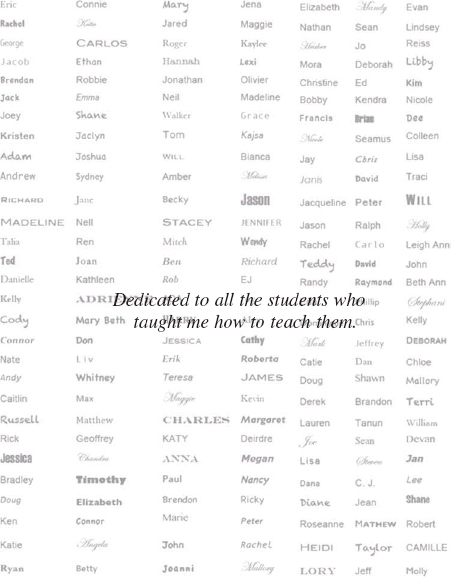
Contents
Winning the Math Homework Challenge shares the stories of my students reasoning, thinking, and sometimes misunderstandings about mathematicsstories that allowed me to see math differently, through their eyes. Most were visual learners who needed a visual explanation of the mathematics. The stories and illustrations in these pages are real. The names have been changed so that no one will feel the shame or embarrassment of being found out. When I have shared these stories with parents and other students, their general response has been relief: relief that they are not alone and relief that it isnt their fault.
This book describes these students experiences with mathematics. Like many teachers, I saved their materials, kept notes on their initial perceptions about the math concepts, recorded the activities that helped their learning and the activities that hindered learning, used learning-style assessments, read the psychological evaluations, and involved them in their own learning. I wanted them to teach me how to teach them.
My goal was to encourage them to take possession of, and responsibility for, their own learning. My venue was through their eyes and hands. Needless to say, I learned more about mathematics as I learned how to look at the math concepts through their eyes and then make the return trip through my own eyes. The process was completed only when the math concept was rerouted through the students eyes, into their understanding, and then out again, while I watched them arrange and rearrange, listened to their explanations, or read their solutions.
Students started their turnaround from failure to success when the visual models and materials started making the math make sense. They could move the materials around, arrange, rearrange, and examine them from different perspectives. They could ask questions about the relationships in the materials . As students tried out new arrangements, a subtle yet effective transfer happened. Their aversion to the math transferred from their core identity to the materials . The math relationships were now in the materials, where they should have been all along. You will read more about this core identity confusion in the Math Avoider chapter.
Students also started to take responsibility for their learning, slowly and tentatively at first, by risking some opinions. They were beginning to feel like they may indeed have some control over their math learning! Everything rested on the phrasing of the question, mine to them and theirs to each other and back to me. It took awhile to instill a judgment-free zone. Some students took longer than others to risk an opinion or observation, but all of them eventually started their journey down their new path of experiences in mathematics.
As you read these stories, be prepared to get excited about understanding your own feelings and similar experiences through their words. Also, prepare to be challenged to understand their descriptions and explanations as seen through their eyes. My hope is that the stories in this book can help parents see mathematics through their childrens eyes, both the clarity and the confusion.
Armed with this new sight, and therefore insight, parents will be able to talk differently with their children about math. These Math Avoiders, whether they are parents or children and whether they are math anxious, math annoyed, or math-distanced-neutral, might recognize themselves in these stories and feel more prepared to join the Math Aficionados, those who actually like mathematics.
C.D.
A few years ago, as a mathematics education professor in the Department of Mathematical Sciences at the University of Montana and as president of the National Council of Teachers of Mathematics, it was important to stay in touch with how children were thinking and learning. To do this, I talked with a local teacher, and together we planned a unit on large numbers for her 23 heterogeneously grouped third graders. This class, with frequent parent participation, was accustomed to visitors, so, with the principals blessing, we started the unit.
In a relatively short time, after asking about what large numbers they knew, I began to hear words like a million, a billion, a trillion, a zillion, and more like this, on up to and including infinity. In the course of the class discussion, one relatively quiet student raised his hand and said, I heard that you can compare infinities. Is that true? I was both shocked and fascinated because I had not seen this notion until I was a senior undergraduate in mathematics and truly did not explore it until graduate school.
How could I respond in a meaningful way while not losing the other 22 students in the class? Instead of answering directly, I asked where he heard the idea, but he did not remember. We agreed to talk later, and when we did, his teacher and I were amazed at just how rapidly he had grasped a very complex notion and had such a sophisticated level of understanding. A later interview with the boys parents (with little mathematics background) revealed that they were very conscientious about his learning but had never introduced the notion of infinity to him, and, like his teacher and myself, his parents were amazed that he was questioning mathematics at that level.
Looking back on that situation, I often wondered what the conversations might be like in the students home of three children with well-educated parents. How might I have reacted to him on a daily basis had he been my child? His question and the depth with which he grasped a deep mathematical notion led me to believe that at some point in his later mathematics education, he might be lucky enough to have a collection of teachers who could probe and continually pose mathematical issues to him that would allow him to progress in a non-normal way even if in a normal classroom.
Next page

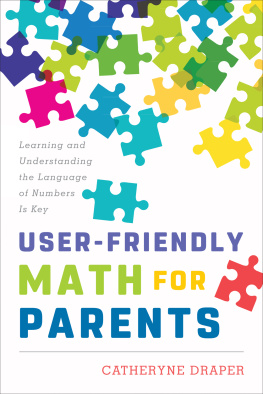
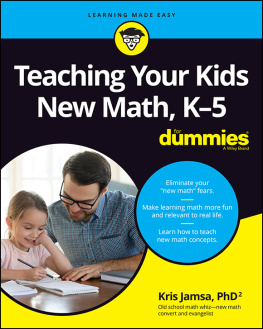

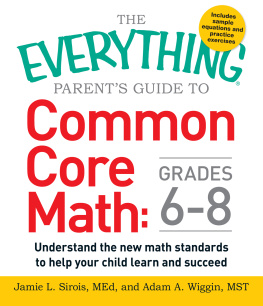
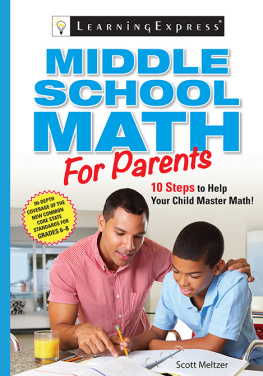

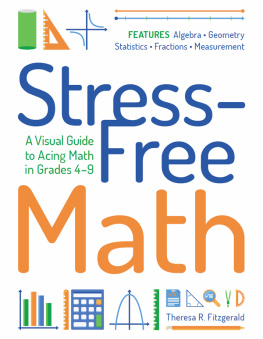
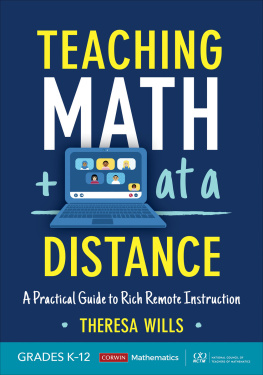
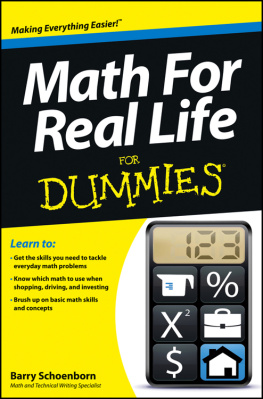
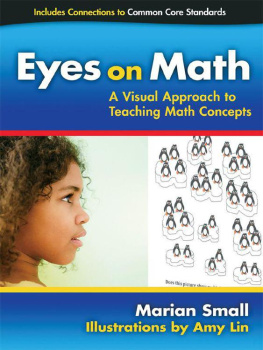
 The paper used in this publication meets the minimum requirements of American National Standard for Information SciencesPermanence of Paper for Printed Library Materials, ANSI/NISO Z39.48-1992.
The paper used in this publication meets the minimum requirements of American National Standard for Information SciencesPermanence of Paper for Printed Library Materials, ANSI/NISO Z39.48-1992.